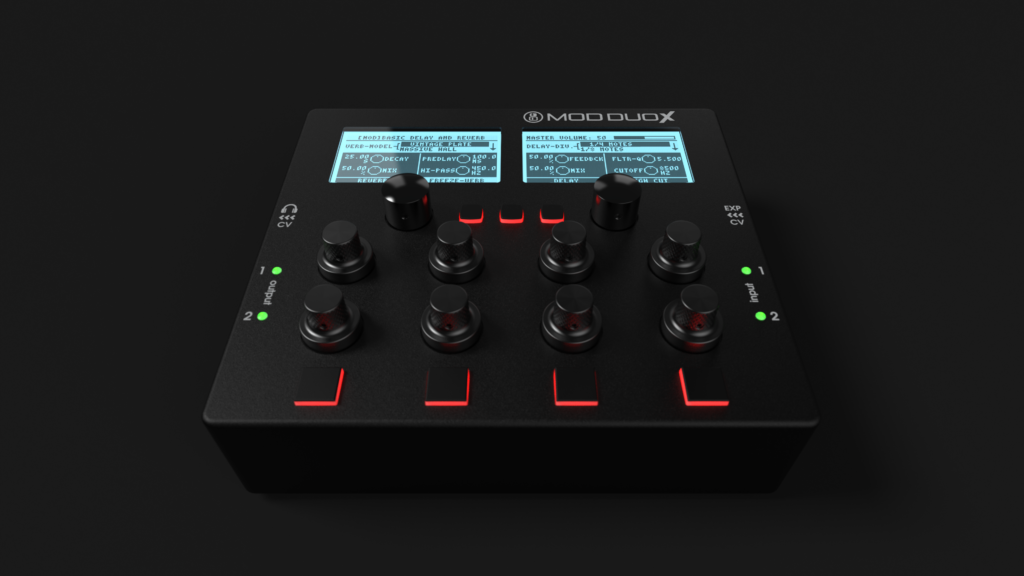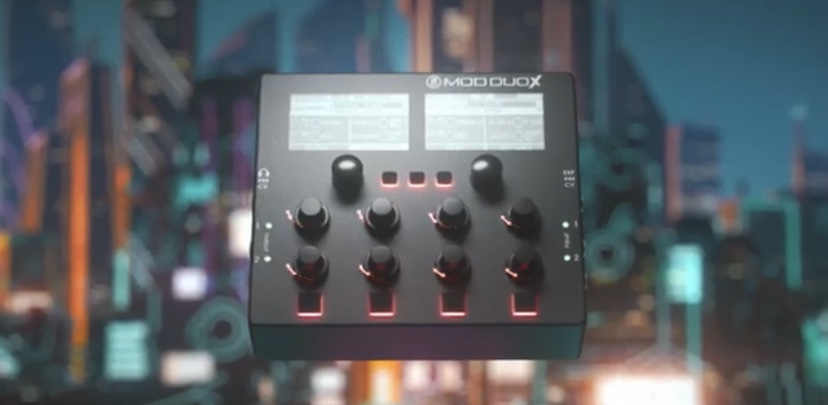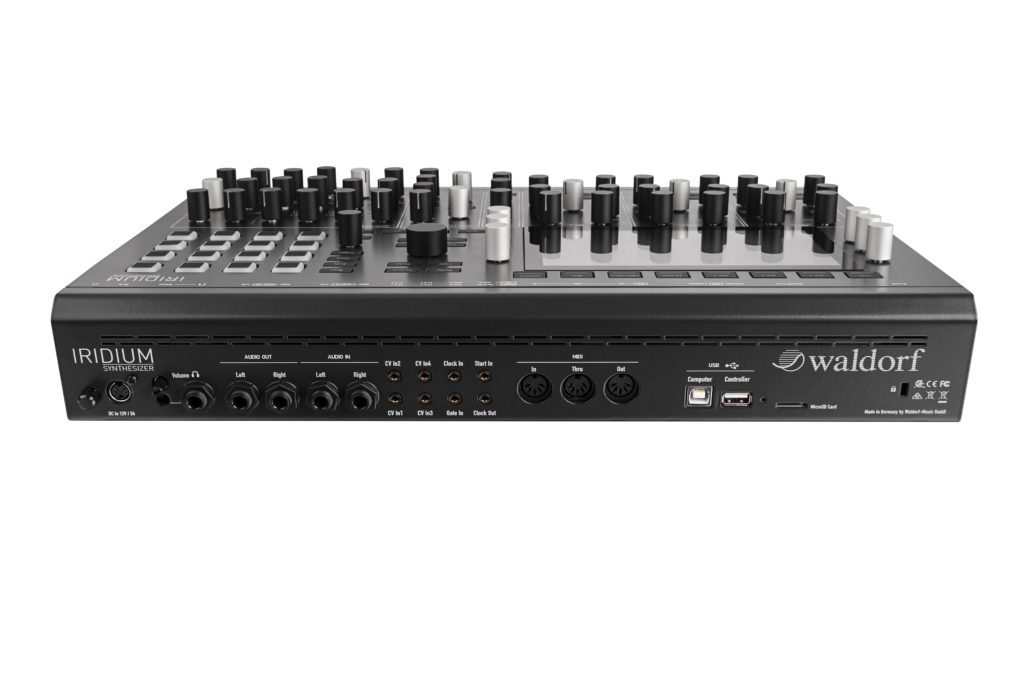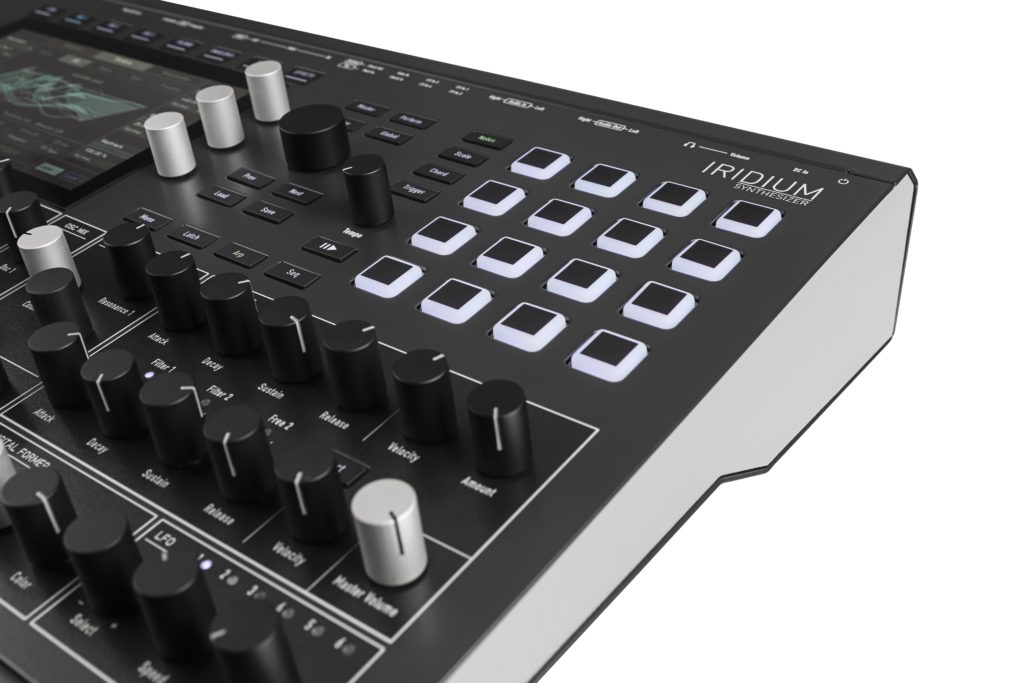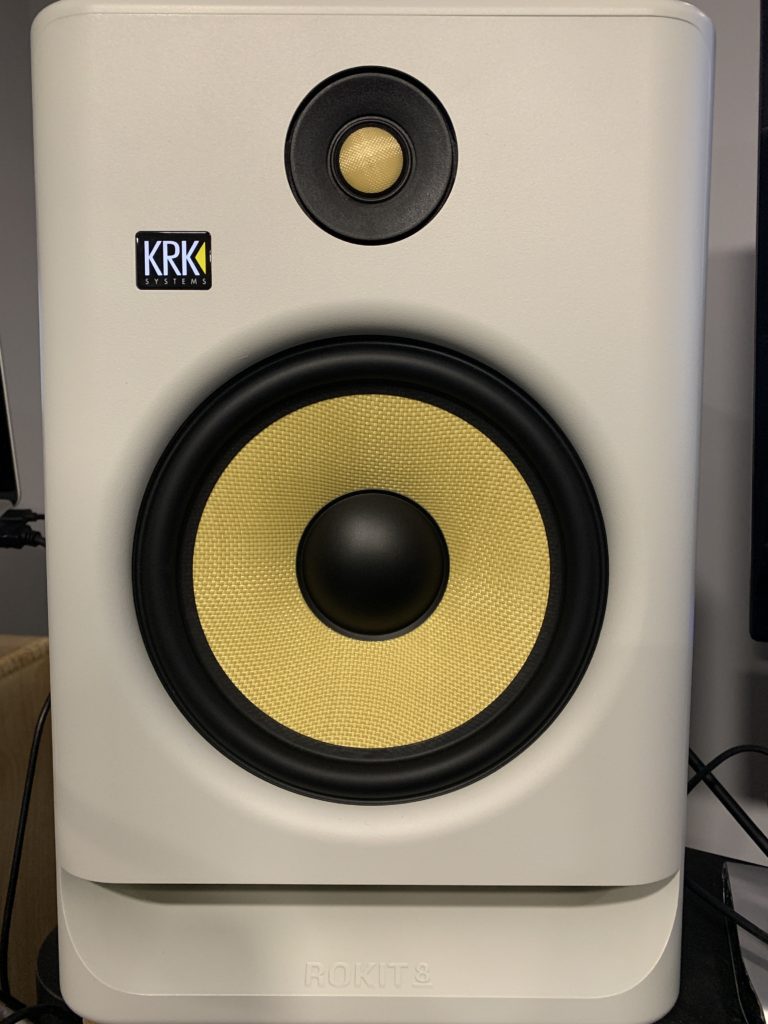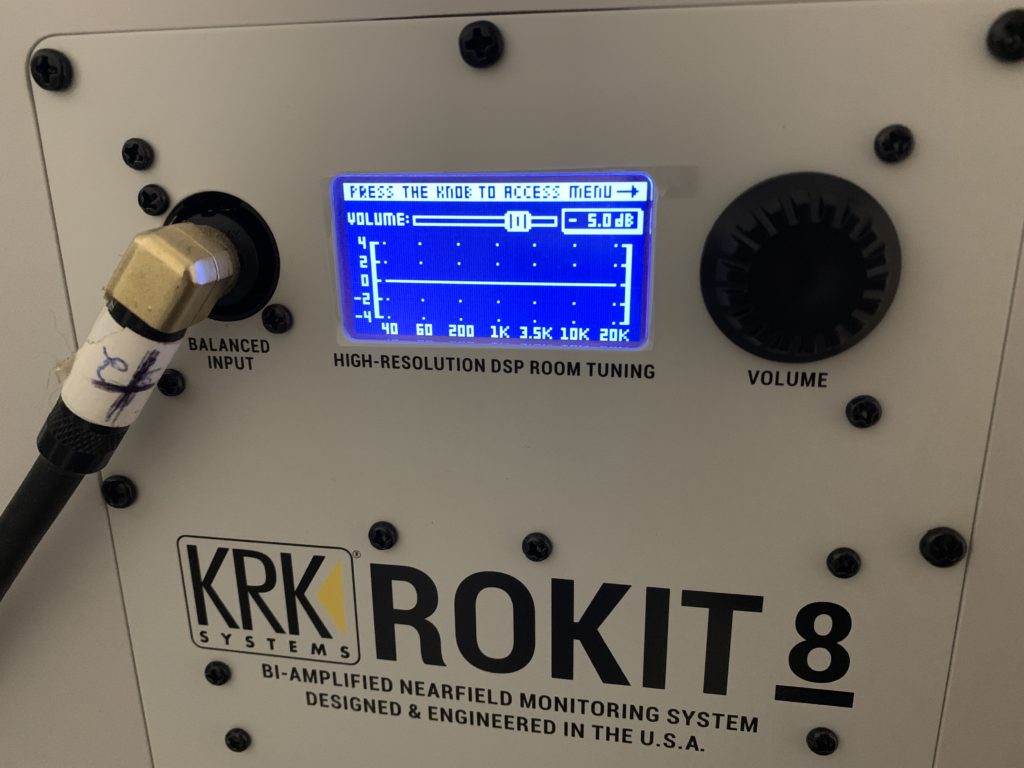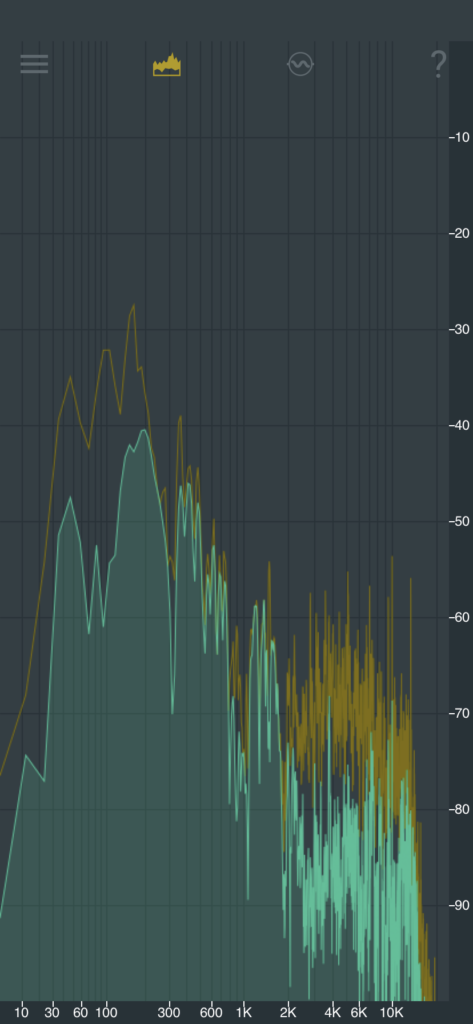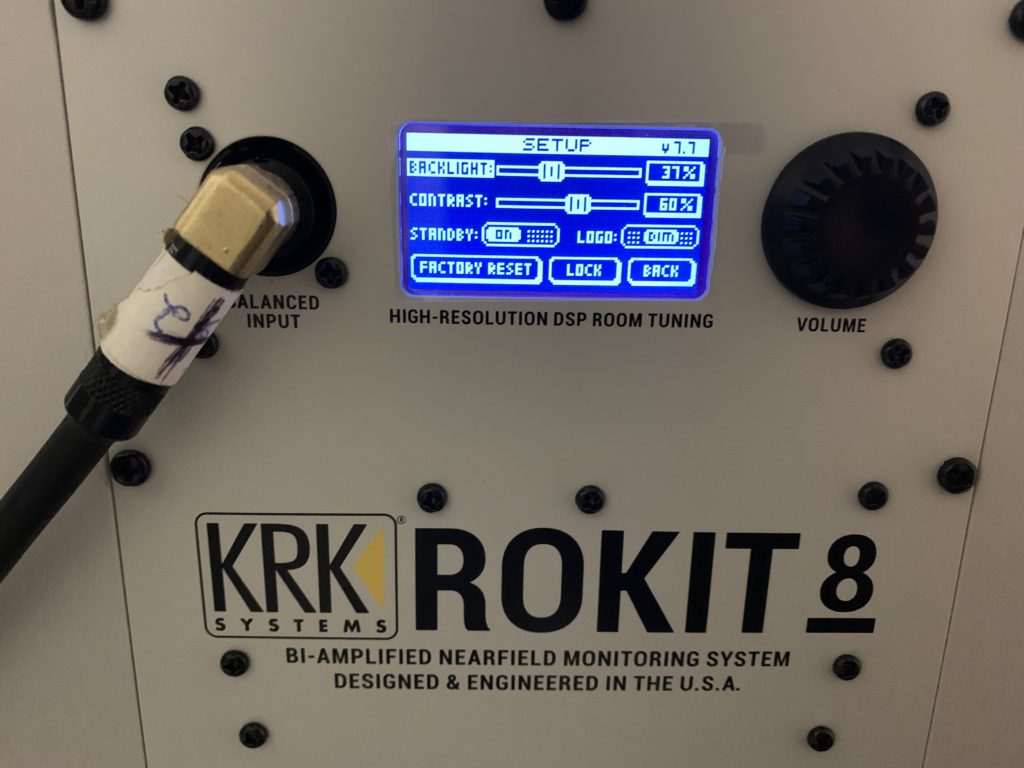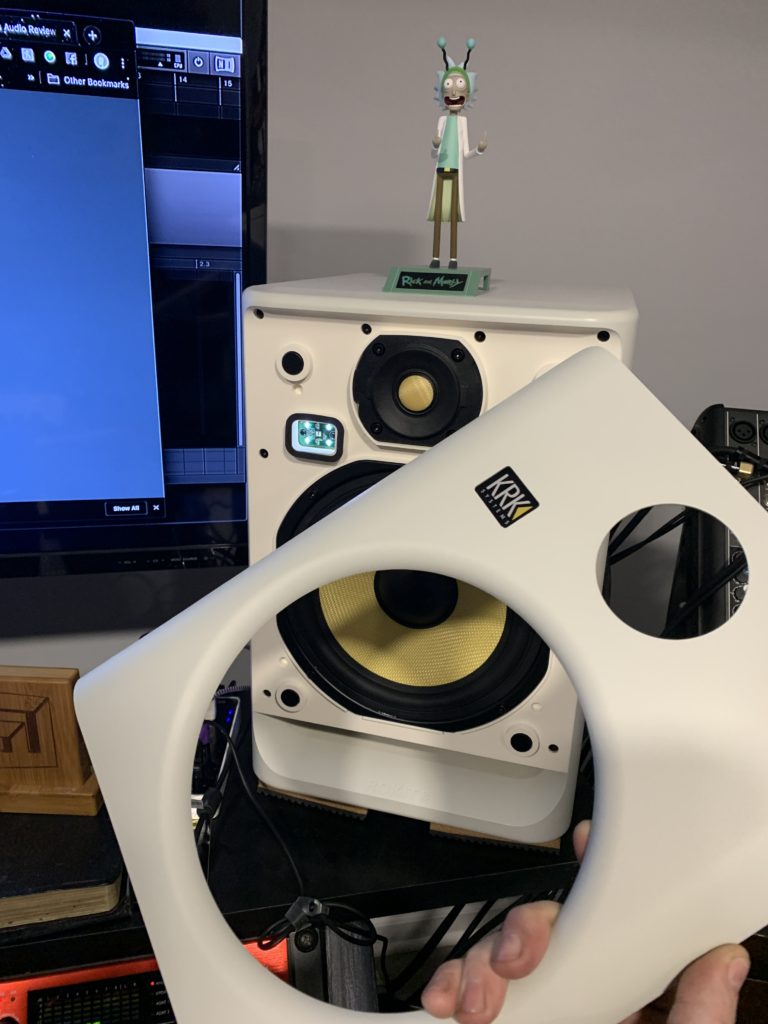Empirical Labs announces availability of its BIG FrEQTMplug-in, partially extrapolated from its Lil FrEQ hardware
LAKE HIAWATHA, NJ, USA: having hitherto made available an earlier version for prerelease, professional audio signal processing equipment designer and manufacturer/plug-ins producer Empirical Labs Inc. (ELI) is proud to announce availability of BIG FrEQ 1.0 — the full release version of its first EQ plug-in, partially extrapolated from its much-loved Lil FreQ hardware EQ (that takes a somewhat unusual approach to the task at hand by combining most of the sound-sculpting tools an engineer needs into a compact single rack space box), but expanded upon in terms of available sections and features — as of October 14…
With no fewer than 12 powerful sections of processing to its appropriate appellation, BIG FrEQ should single-handedly handle all tonal and spectral-shaping needs for single tracks, as well as busses, including use as a versatile mastering tool. As always, ELI itself strives to bring new functionality and creative twists to plug-in EQs with its first such release, having labored long and hard over making it easy to learn and plain fun to use.
But best of all, BIG FrEQ is immensely useful, obviously, offering the ability to create modern ‘flat-top’ EQ curves with an analog workflow and added controls for more tone-shaping possibilities than a typical EQ plug-in. Put it this way: each of the six parametric bands has an additional SLOPE control that allows for flattening out the EQ shape and grabbing more frequencies equally, while switching on the focus (F) function lets users fine tune frequency adjustment — centring the selected frequency and reducing the range of the FREQ (frequency) knob — to hear exactly what frequencies are being affected with the simultaneously switchable solo (S) buttons available on each parametric band. Elsewhere, each parametric section’s GAIN knob can be expanded from ±15dB to ±30dB with the range (R) button, while parametric section settings can uniquely be copied and pasted from one to another for quickly moving and duplicating bands, facilitating faster operation. On top of that, the unique FINISHER section adds warmth to any track with organic saturation and provides for up to 8x oversampling (tested up to 768 kHz operation).
Other features are also well worth highlighting: Hi Pass and Lo Pass filters with adjustable Q and selectable filter orders from 6dB to 96dB (per octave); Lo Shelf — smooth bass boost or cut, centered around 120 Hz — and complimentary Hi Shelf controls; WIDTH slider — controls bandwidth or, inversely, Q; and master PHASE switch — inverts the phase of the audio.
Additionally, a modern spectral display shows cumulative EQ shape as well as colored individual bands, while the built-in preset management system (with proprietary preset format for cross-DAW preset access), smooth automation of all parameters, available direct entry for all parameters (by double-clicking on any parameter to type in a value), un-linkable stereo version for dual mono operation, and an ability to bypass any section (to monitor changes and free up processing) rounds out BIG FrEQ’s fattened features.
Following in the footsteps of ArouserTM— ELI’s first foray into the software arena as the only Distressor-derived compressor plug-in, produced by the creators of the award-winning hardware Distressor itself, BIG FrEQ is another fine example of how the professional audio signal processing equipment designer and manufacturer/plug-ins producer brings the quality of its hardware to its software products and continues to offer things that cannot be done in the hardware realm to in-the-box mixing. Making room in any plug-in collection for BIG FrEQ is to see and hear what it can do when single-handedly handling all tonal and spectral shaping needs for single tracks, as well as busses, including use as a versatile mastering tool.
BIG FrEQ is available for purchase as an AAX-, AU-, and VST3-supporting 64-bit effect plug-in for macOS (10.7 or higher) and AAX- and VST3-supporting 64-bit effect plug-in for Windows (7 or higher) for a time-limited introductory promo price of $129.00 USD for the first 30 days — rising thereafter to an MSRP (Manufacturer’s Suggested Retail Price) of $149.00 USD — directly from ELI’s online Shop here: https://store.empiricallabs.com/big-freq-p/bf1-rtl.htm
A fully-functional, 15-day trial of BIG FrEQ is available to download from here: https://www.empiricallabs.com/downloads/
An iLok 2 or iLok 3 USB dongle is required for activating both the demo and full versions of BIG FrEQ.
For more in-depth information, please visit ELI’s dedicated BIG FrEQ webpage here: https://www.empiricallabs.com/big-freq/





